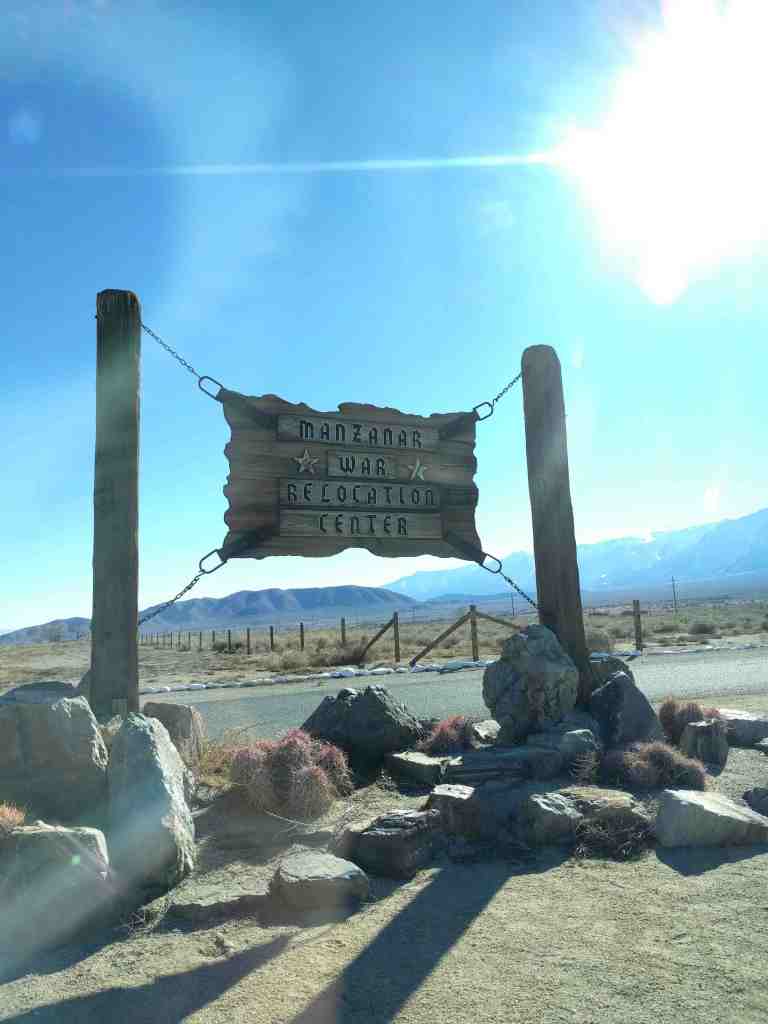
On our way to our family trip to June Lake, we stopped by the Manzanar National Historic Site, the national park located about 230 miles north of Los Angeles, off Highway 395, at the foot of the eastern Sierra Nevada mountains in California, to pay homage to Japanese-American citizens who were forced to live there during World War II.
Our almost two-hour visit to this site proved to be quite moving and educational. Mainly known as one of the ten Japanese internment camps on the West Coast (I know of at least two other sites — Santa Anita and Pomona — both within 20 minutes driving distance from my childhood home of West Covina), I found Manzanar to be the most eerie of the three.
After U.S. President Franklin D. Roosevelt signed Executive Order 9066, which empowering the Secretary of War to designate parts of the country as military zones and exclude people from these areas, 120,000 Japanese-Americans living on the West Coast of the United States were relocated to Japanese internment camps such as Manzanar. Traces of the lives led during that time — ranging from museum displays of personal items, or a retelling one personal stories as people were forced to abandon their homes, businesses and possessions — along with interactive presentations of how the living conditions — ranging from a museum walk-through of one’s living quarters (noise, lack of light, gust of wind) or by viewing what an actual housing facility looked, were all emotionally poignant for those who are one generation removed from living through this horrific experience.
Even before the transformation of the site into a Japanese internment camp, we also learned from our visit that Manzanar had a rich history separate from what it is most widely known for today. Manzanar was previously established in the mid-1800s as homesteaded Paiute lands. Nearly 1,000 Owens Valley Paiute were forcibly removed by the United States military from the area in 1863 to make way for the development of an agricultural center. At the turn of the century, several thousand acres of farmland produced crops ranging from apples, pears, peaches, potatoes, and alfalfa, were harvested from Manzanar. The completion of the Los Angeles Aqueduct, followed by subsequent land buyout, allowed for the Los Angeles Department of Water and Power to eventually own all of Manzanar’s land and water rights, causing the town to abandon Manzanar by the late 1920s.
Manzanar is actually one of the only two Japanese internment camps officially designated a National Historic Site. As such, the ongoing legacy of human perseverance against one of the darker chapters in American history was purposefully presented at Manzanar in the hopes that future generations will learn and remember. It is my hope that more citizens visit Manzanar to learn more about humanity and about the persistence of spirit.
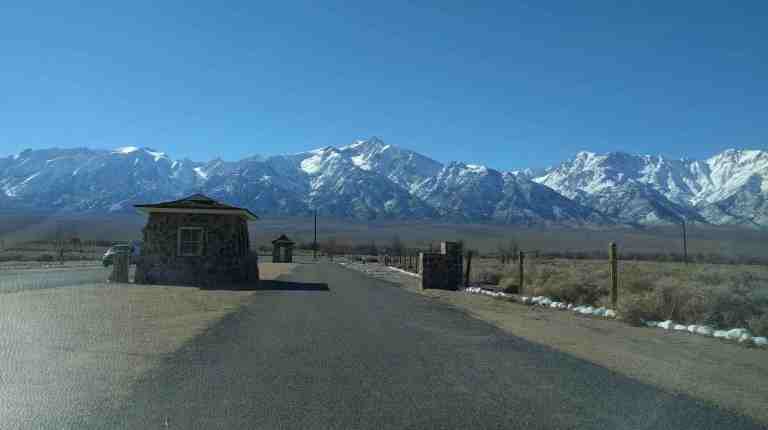
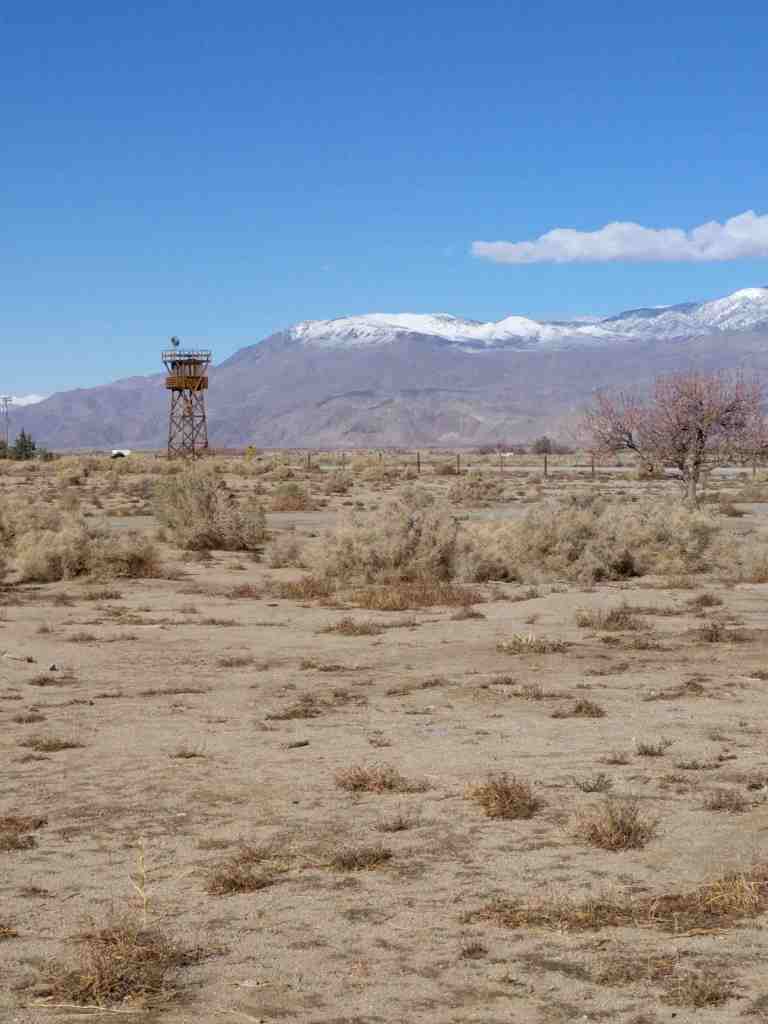
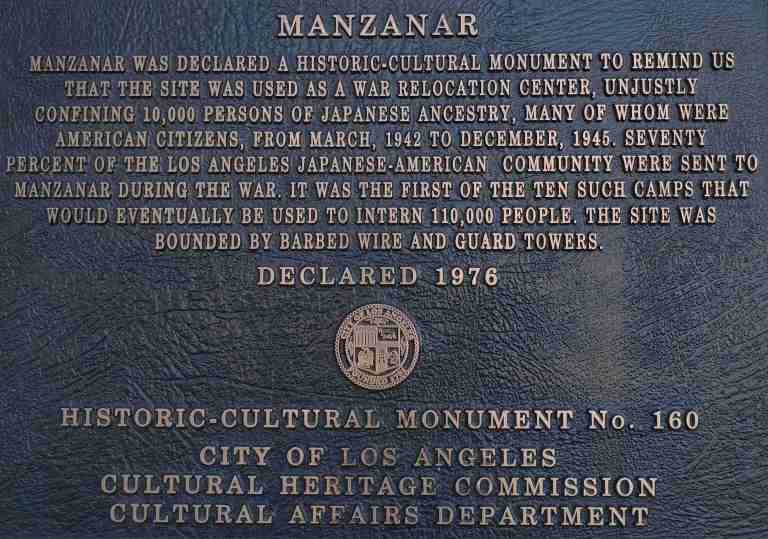


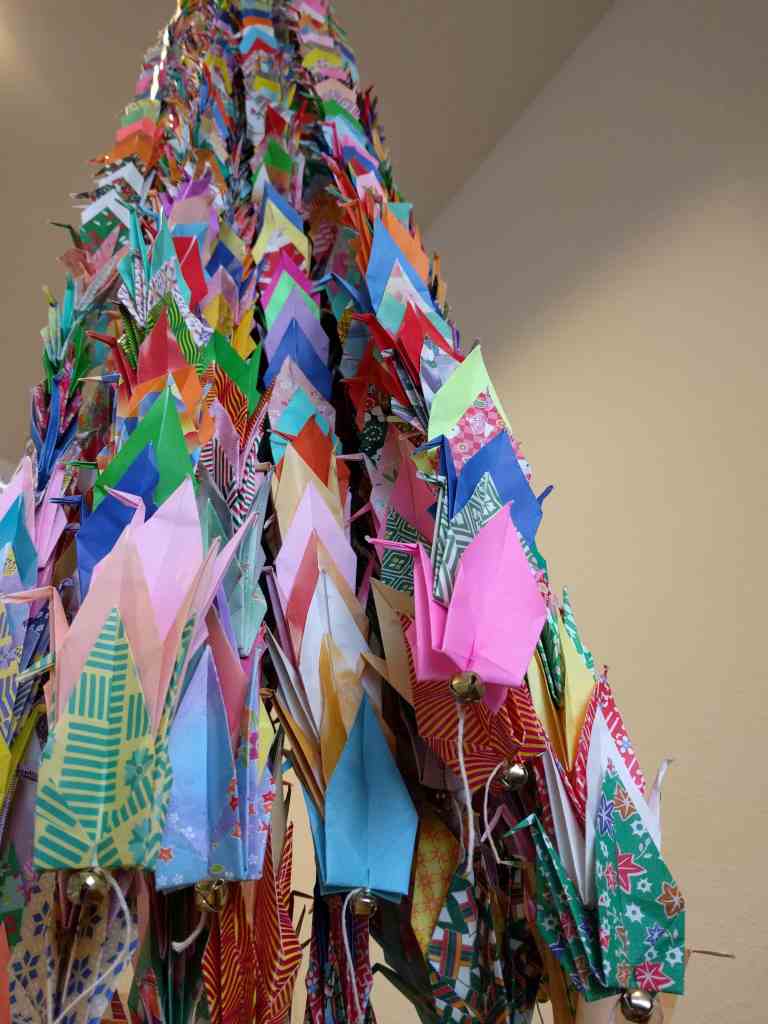

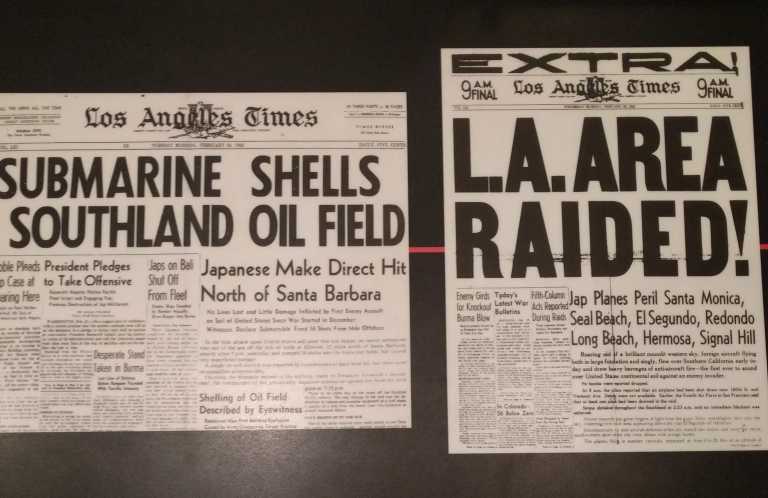
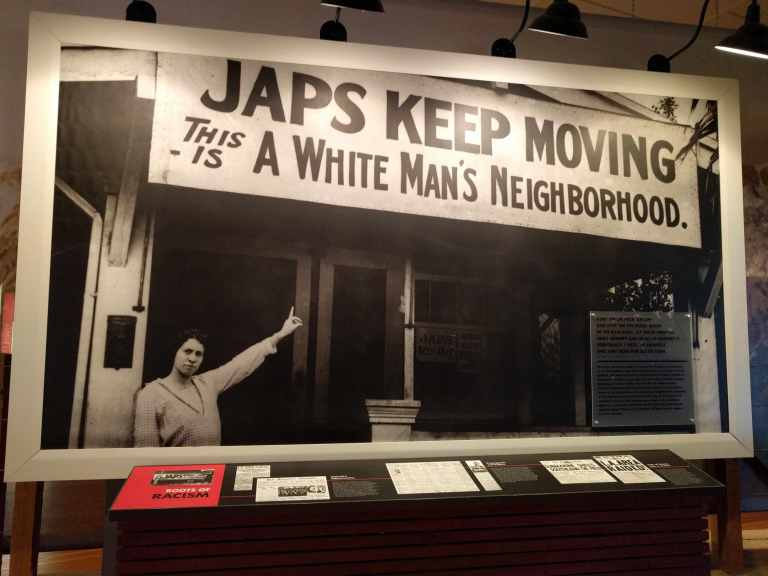
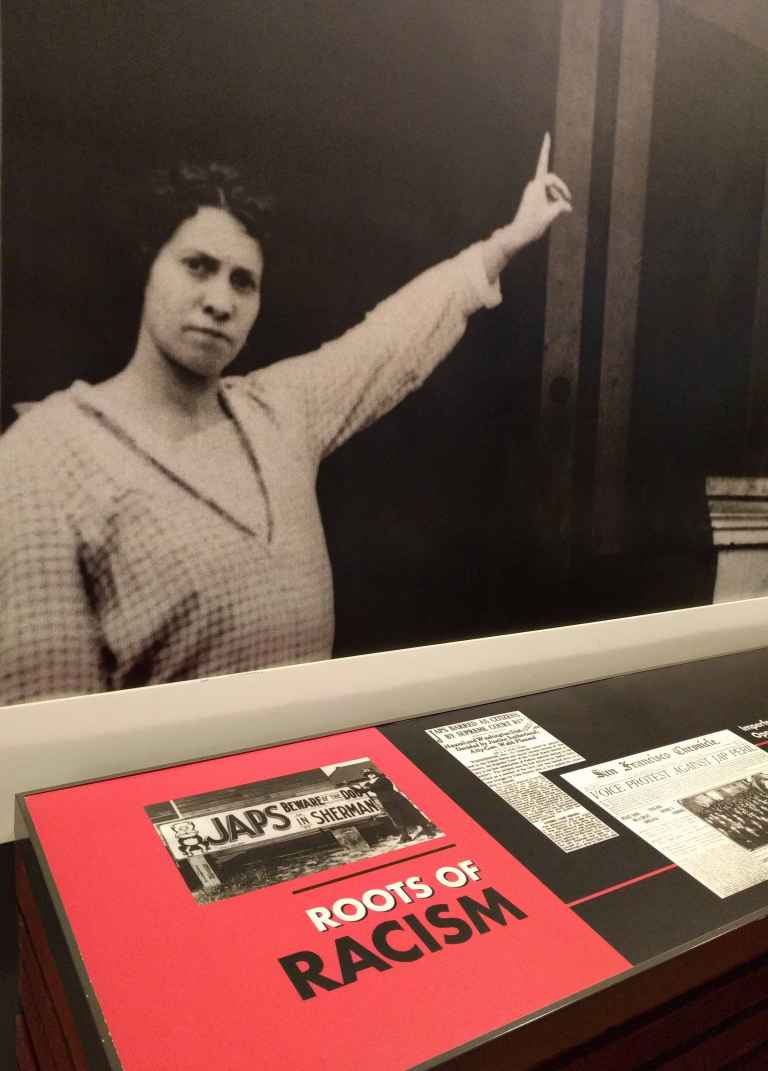


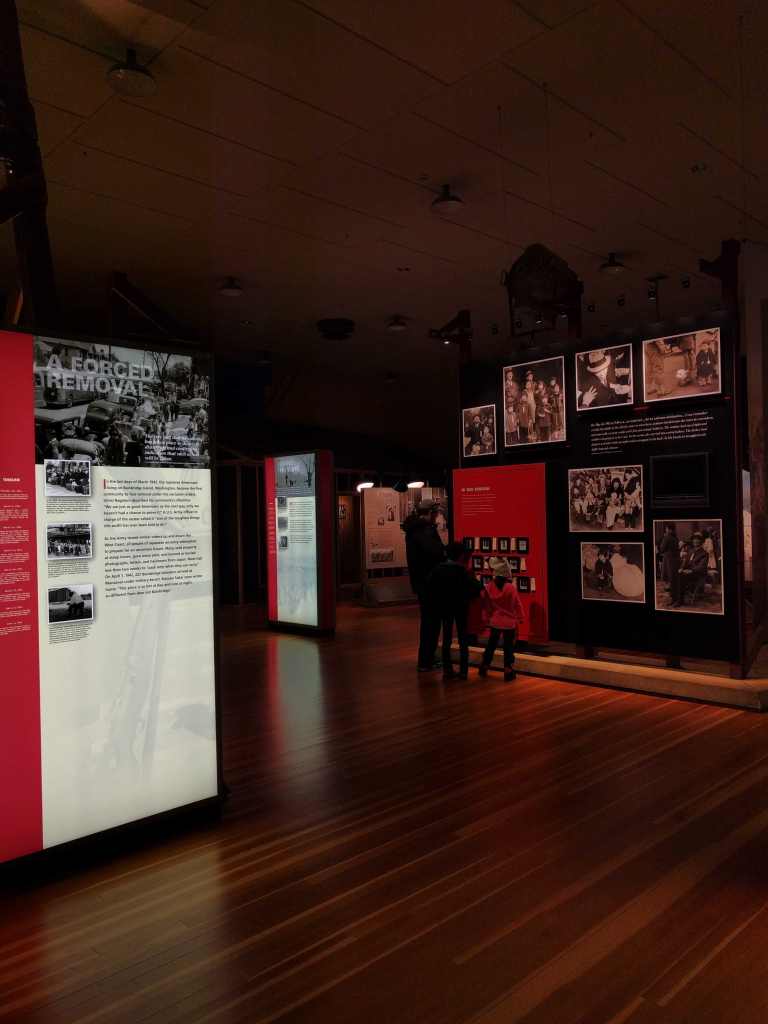
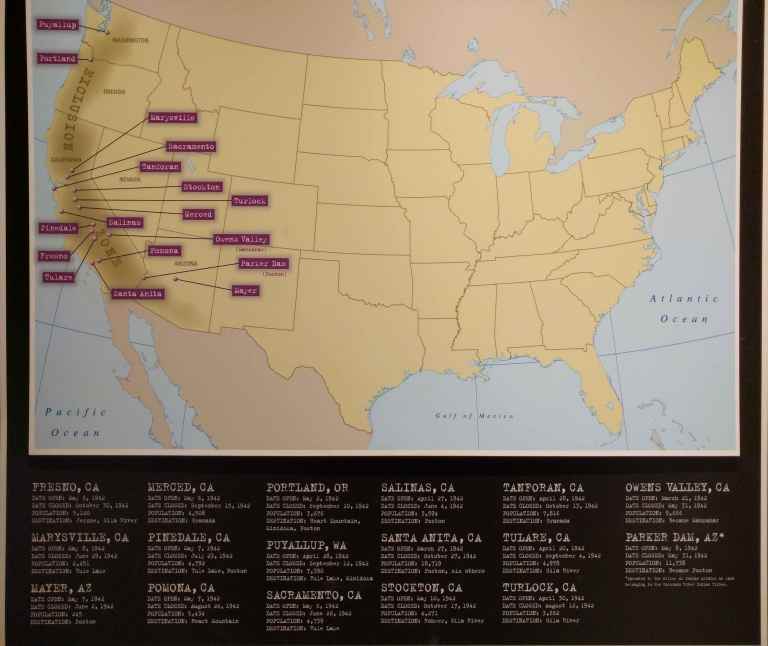
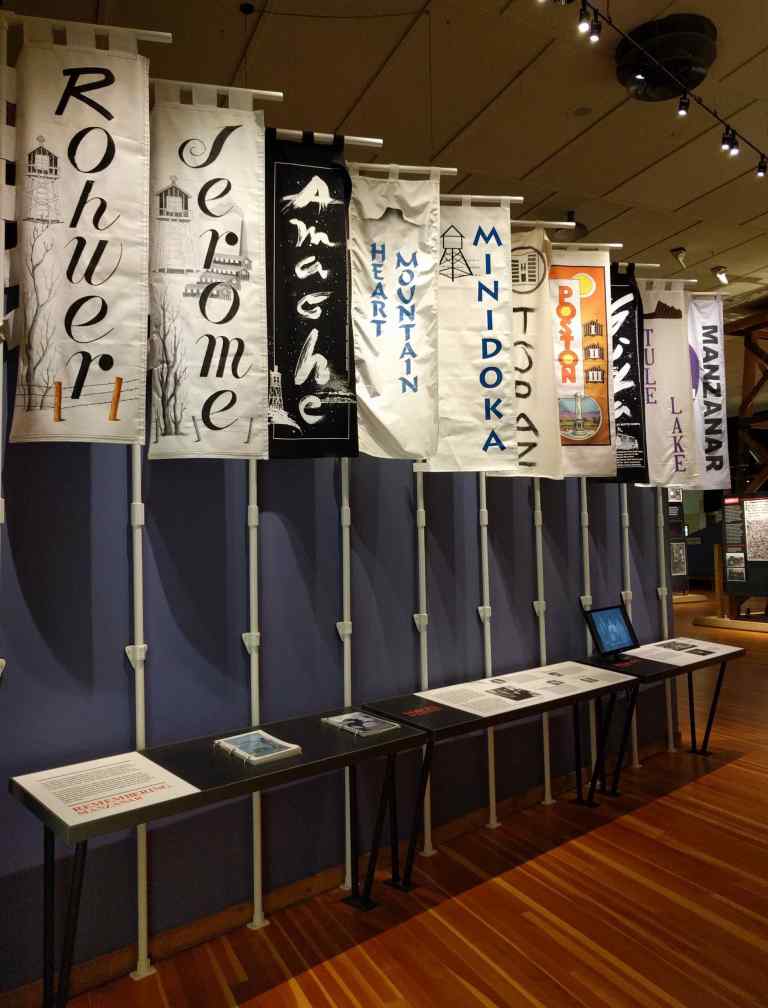



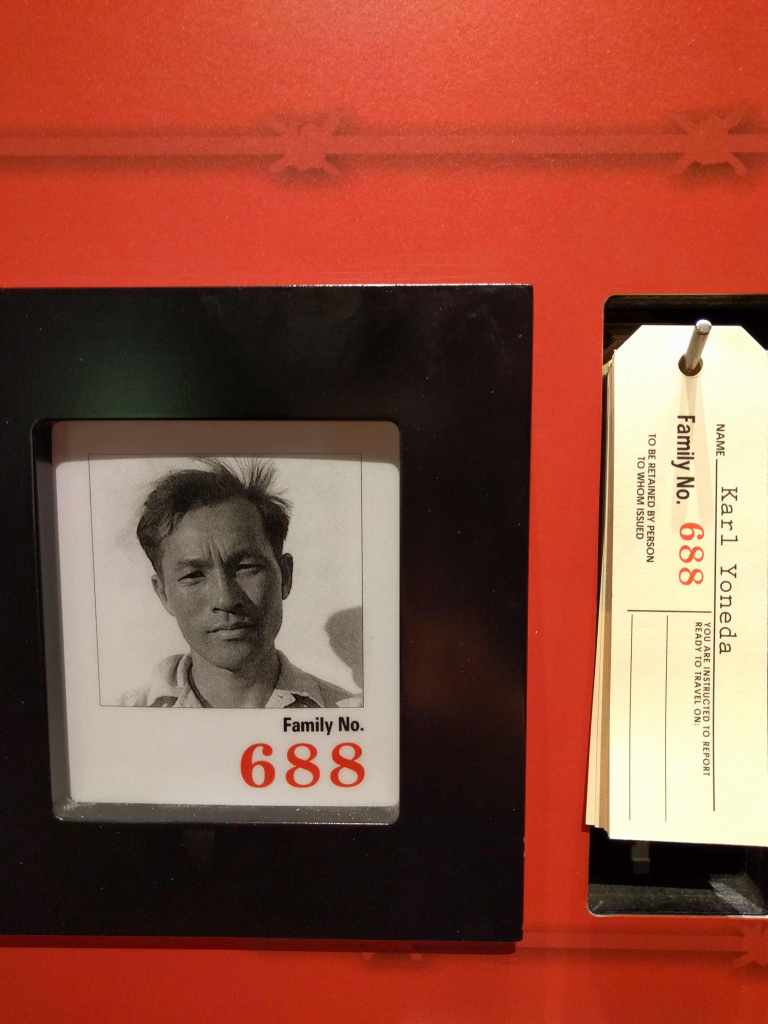
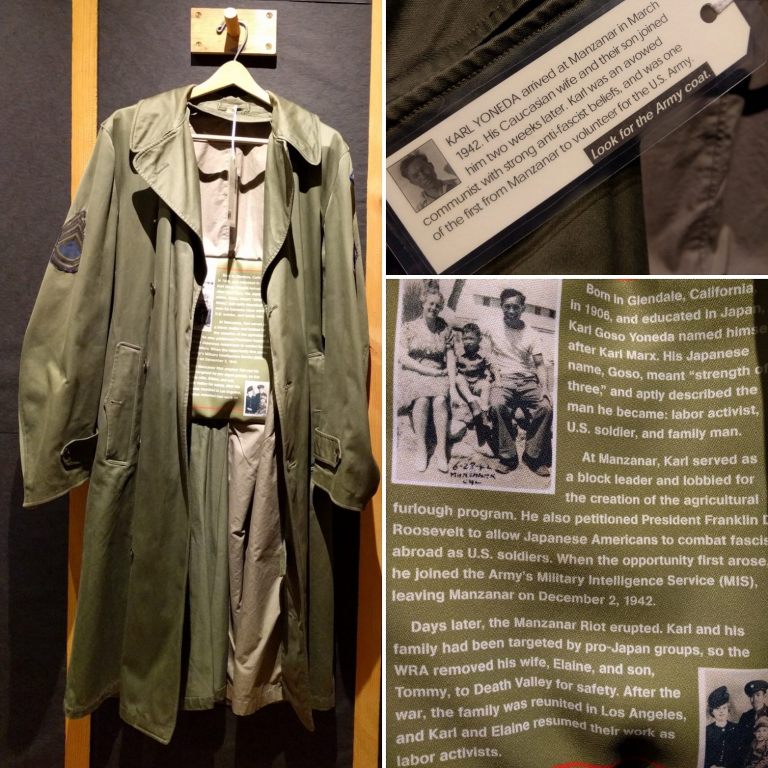

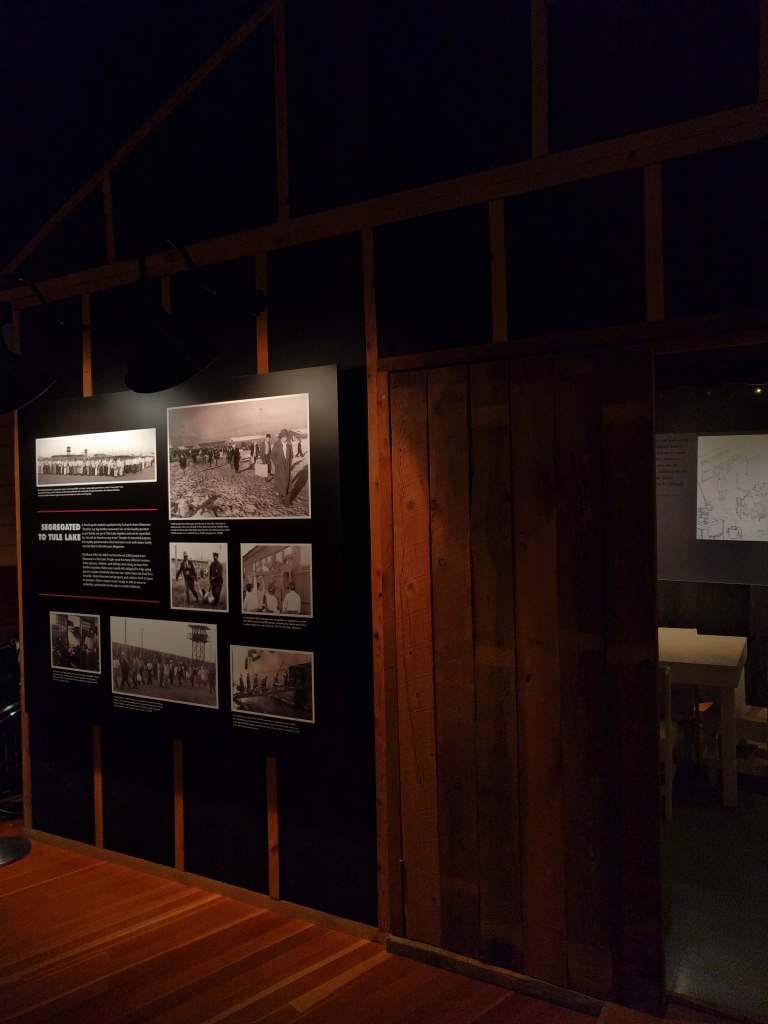





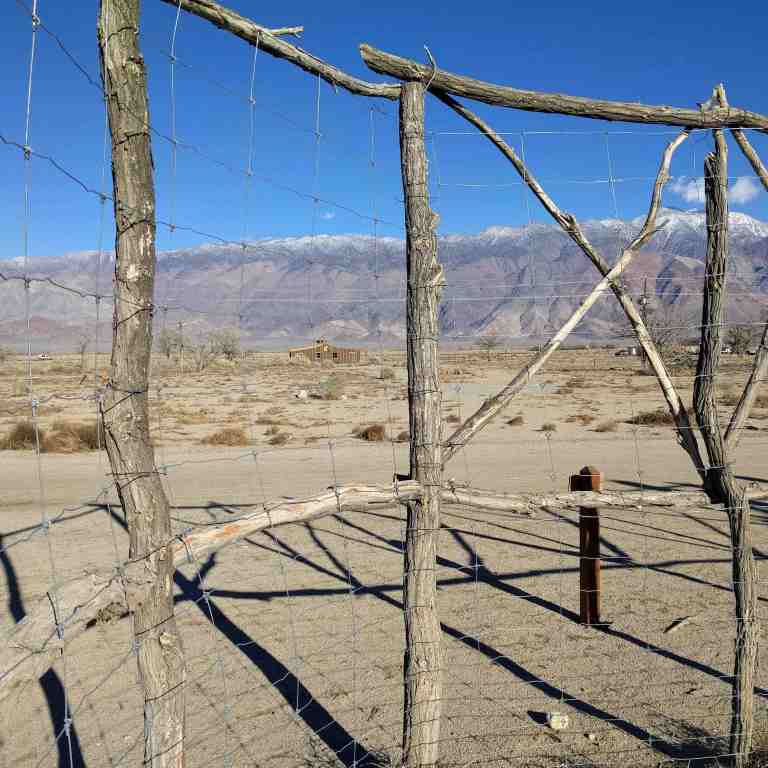


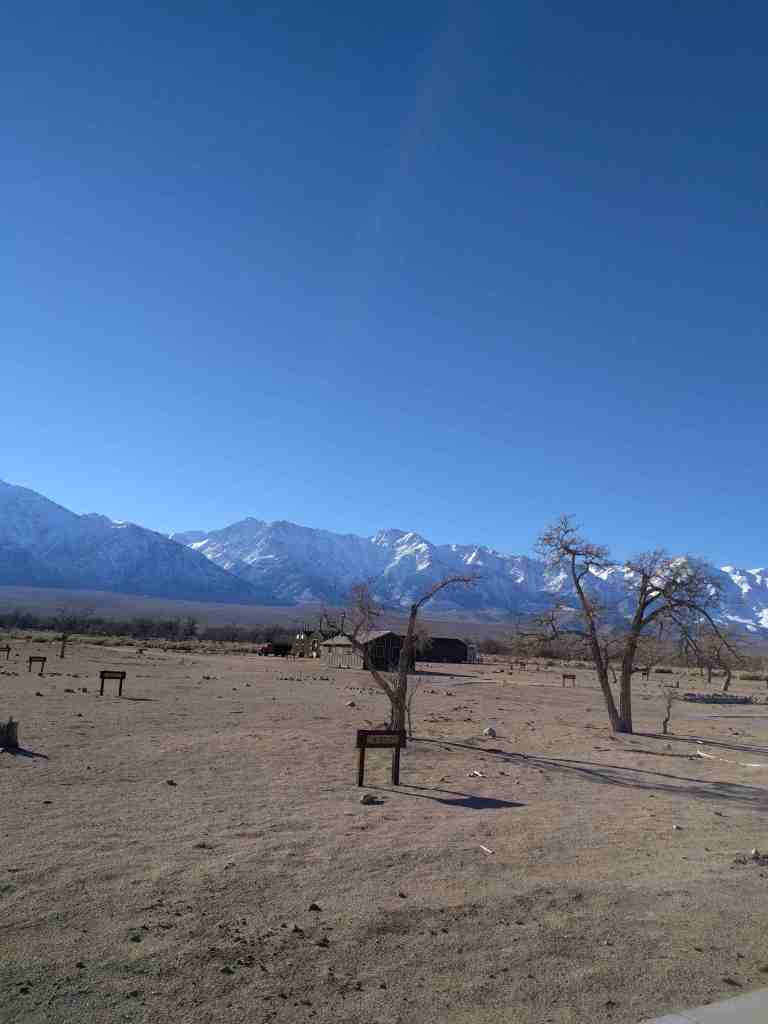
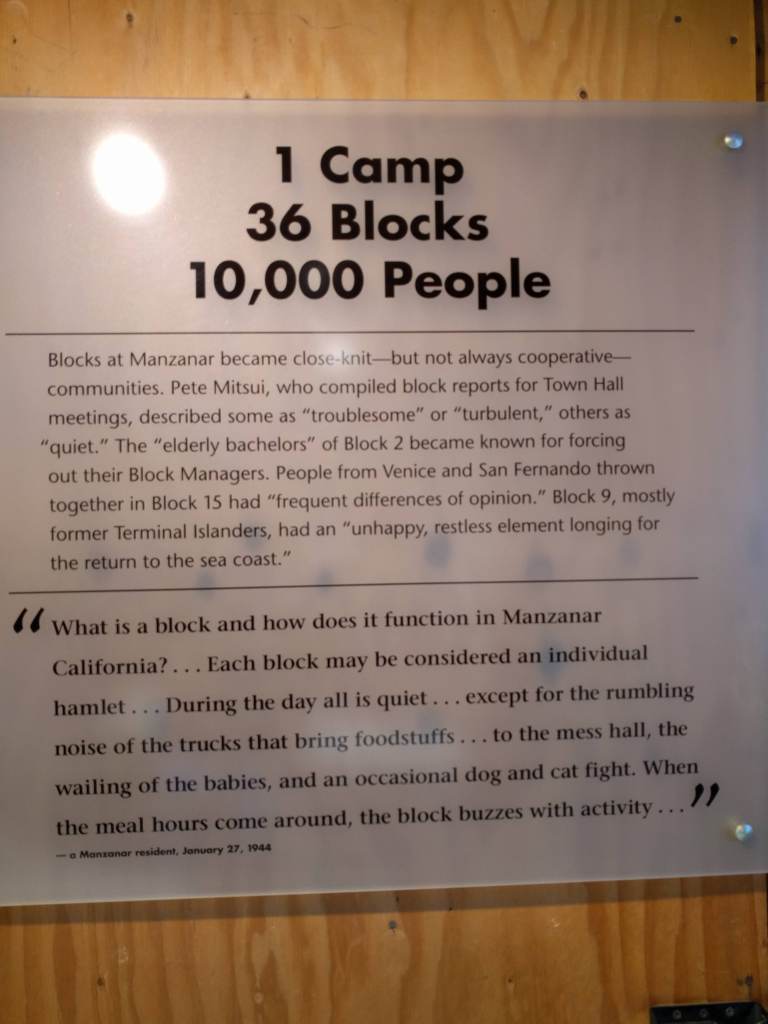

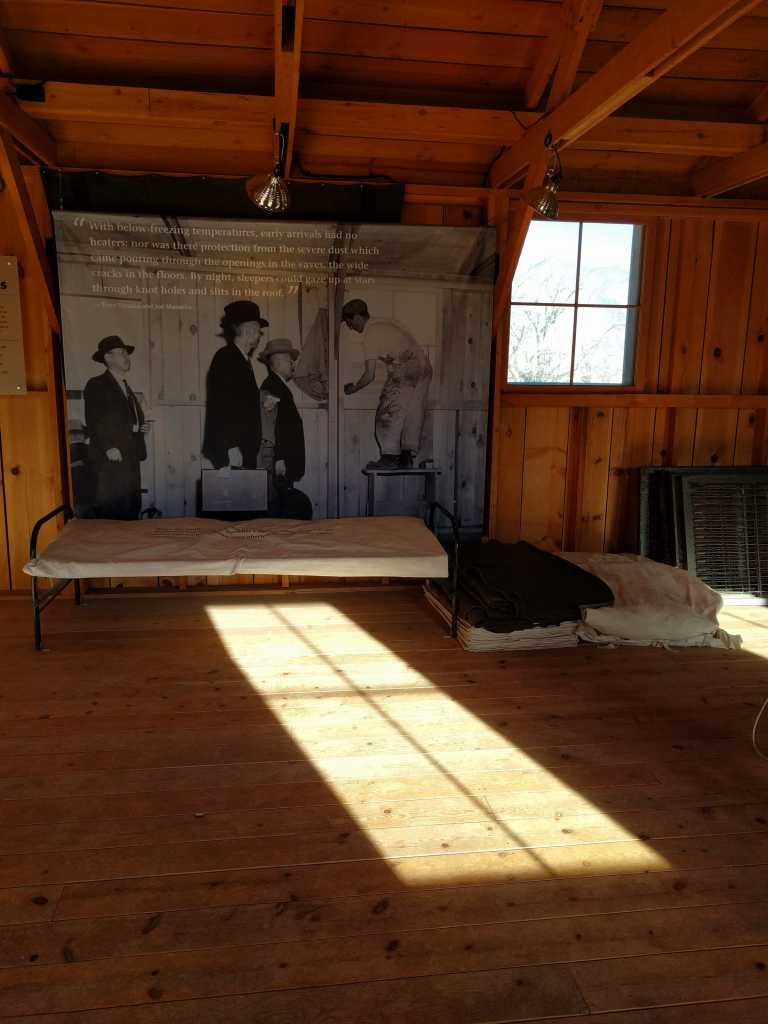
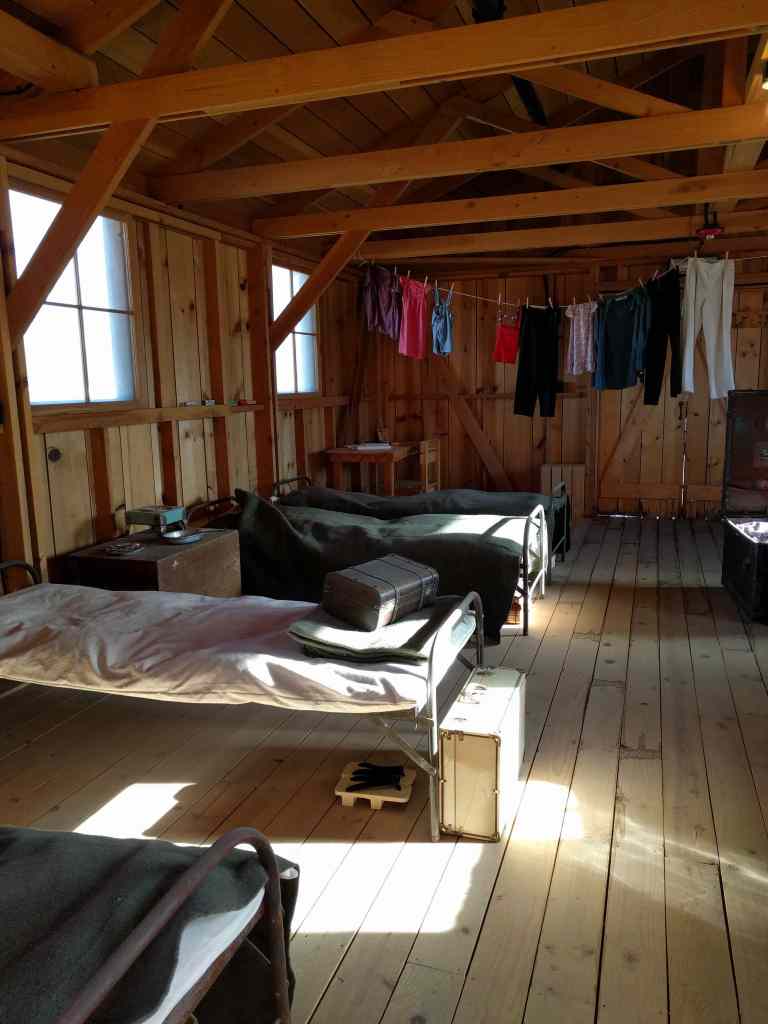

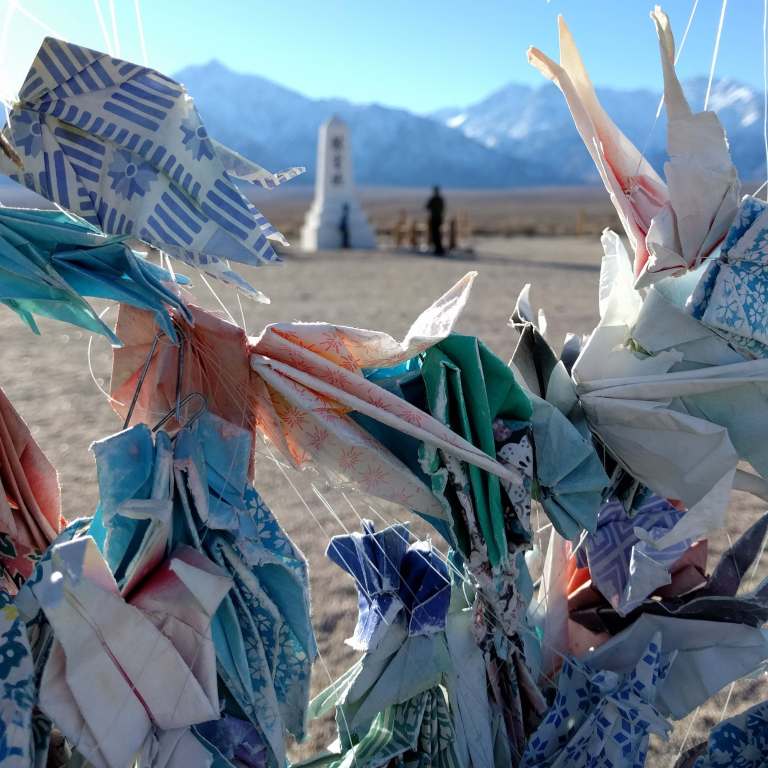




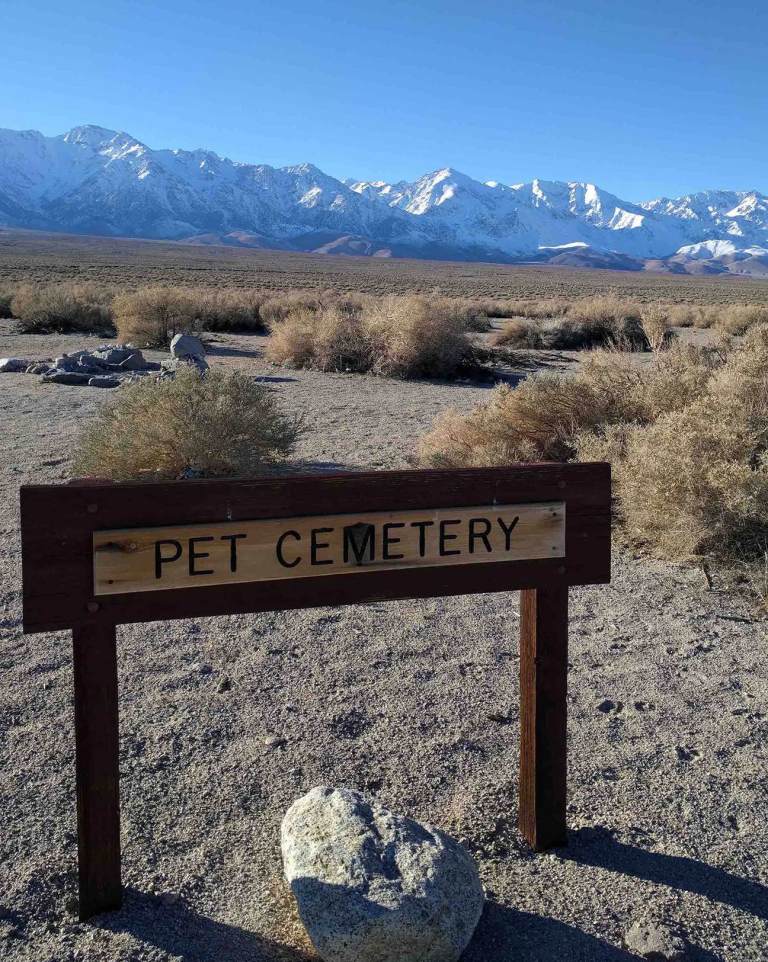
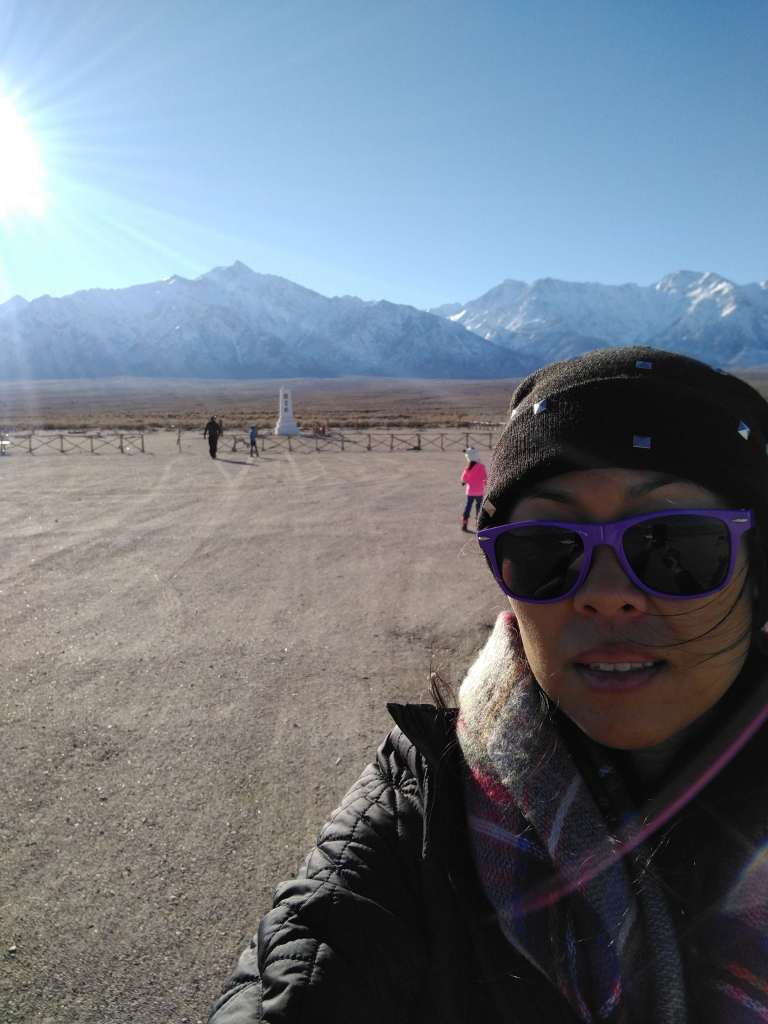
———-
Manzanar National Historic Site
Manzanar Reward Road
Manzanar, California
760-878-2194 , extension 3310
http://www.nps.gov/manz
(Mailing Address):
P.O. Box 426
5001 Highway 395
Independence, CA 93526
© Copyright 2012-2017 by Deborah Kuzma, californianative.com and californianativeblog.wordpress.com. All Rights Reserved. Unauthorized use and/or duplication of this material without express and written permission from this site’s author and/or owner is strictly prohibited. Excerpts and links may be used, provided that full and clear credit is given to Deborah Kuzma, californianative.com and californianativeblog.wordpress.com with appropriate and specific direction to the original content.

One thought on “Manzanar National Historic Site”